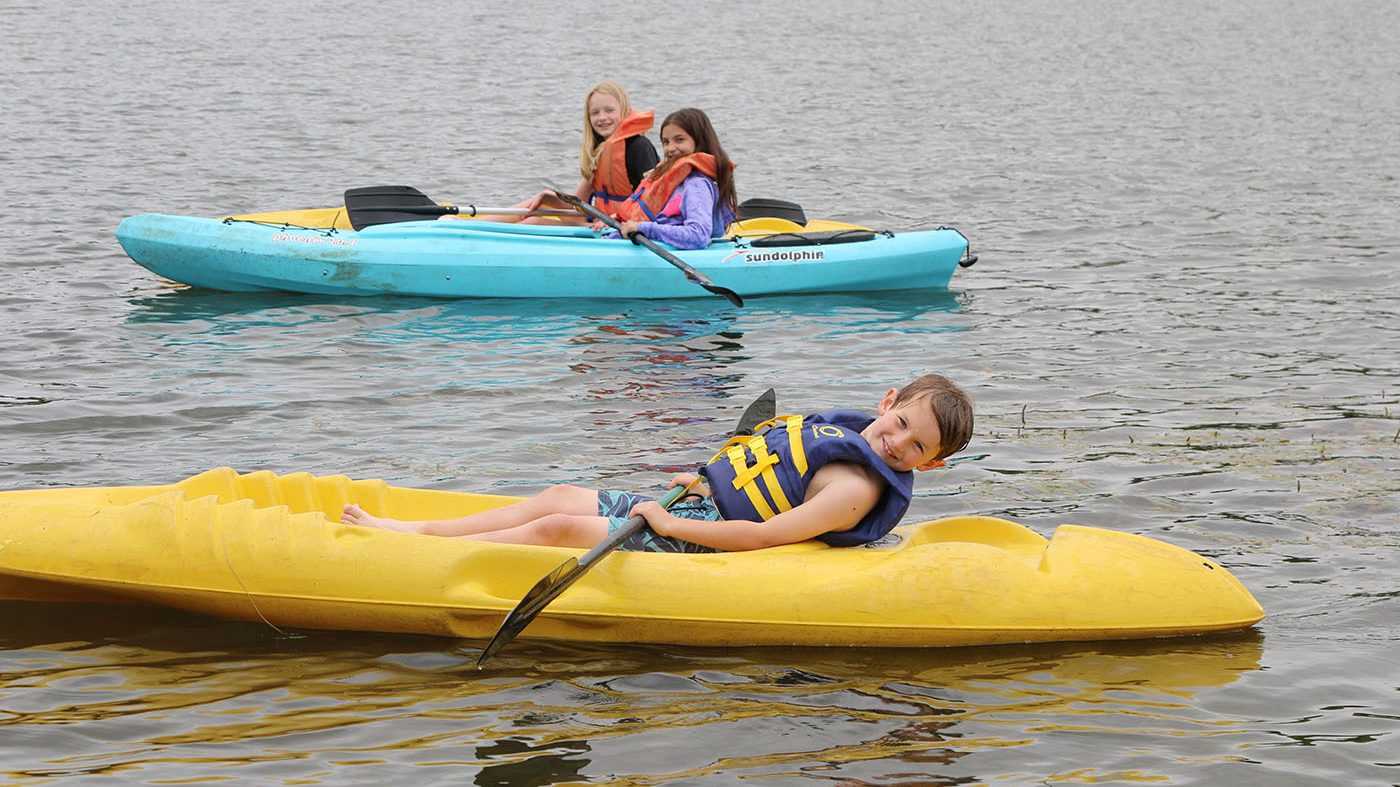
Written by Melissa Anderson
Although swimming, kayaking and boating are some of the most popular summertime activities, they can be some of the most dangerous, as well. At the Y, we are dedicated to always keeping kids safe, including when they’re in the water. In the same way we highlight child abuse prevention every April, May is the month we discuss drowning prevention tips, skills and resources with parents and caregivers. Drowning is preventable, and the YMCA of Greater Oklahoma City is committed to providing vital water safety information to the members of our community.
To emphasize the necessity and importance of safe swimming practices, we have included a few facts about drowning below.
These numbers and facts are likely difficult to process, but knowing the risks of swimming helps to reinforce the need for safety around water at all times. The YMCA is committed to helping to provide families and children with safe swimming experiences. Part of this commitment includes the use of a “Test, Mark, Protect” system within our aquatics programs. Aquatics staff use this system during open and camp swim times, and it is similar to what the NDPA calls the “Layers of Protection” approach.
This approach provides multi-layered protection for our most vulnerable swimmers and is one of the many ways in which the Y helps provide a safe swimming experience for all.
We believe everyone should learn about water safety, which includes basic lifesaving skills. To learn more about how you can keep your family and loved ones safe while swimming year-round (not just in the summer), check out our previous blog post which features our top five water safety tips. There, you’ll also find information about YMCA swim lessons and our Safety Around Water course.
Sources:
“Stay in the Know: Drowning Quick Facts”. National Drowning Prevention Alliance. ndpa.org
“Water Safety Tips: Water Safety for Safety Sake”. YMCA of Greater Indianapolis. indymca.org
Melissa Anderson is the Aquatics Director at Midwest City YMCA.
Our mission is to put Christian principles into practice through programs that build healthy spirit, mind and body for all.
The YMCA of Greater Oklahoma City is a 501(C)(3) Non-Profit Organization. Donations are tax-exempt.

All YMCA of Greater Oklahoma City locations will be closed on Thursday, July 4 in observance of Independence Day. 24/7 access will continue to be available at locations where the service is offered. Work out with us anytime with YMCA360.